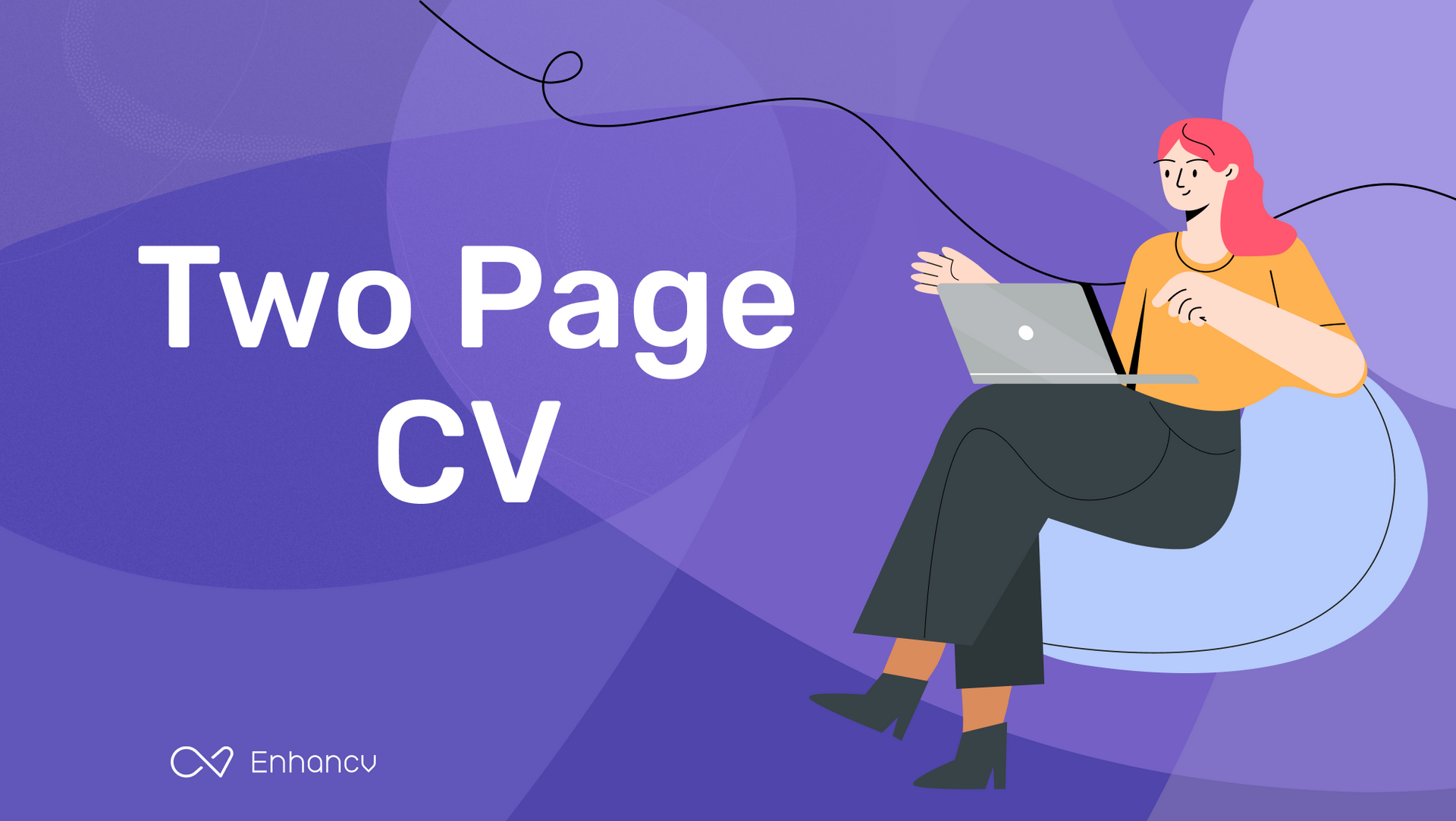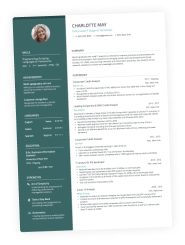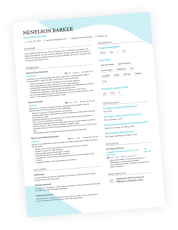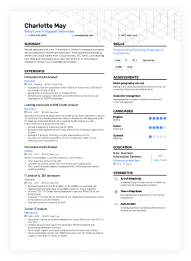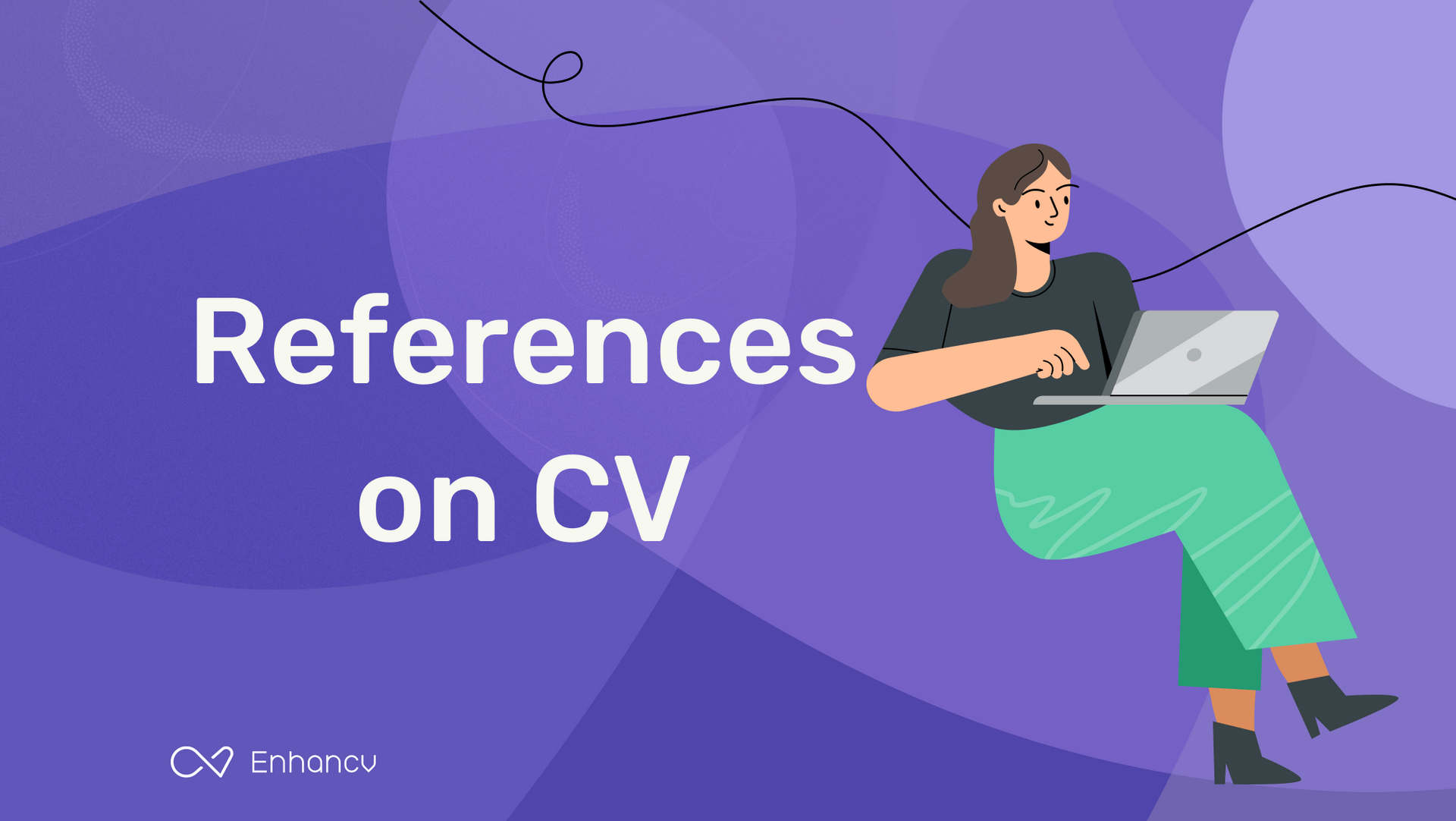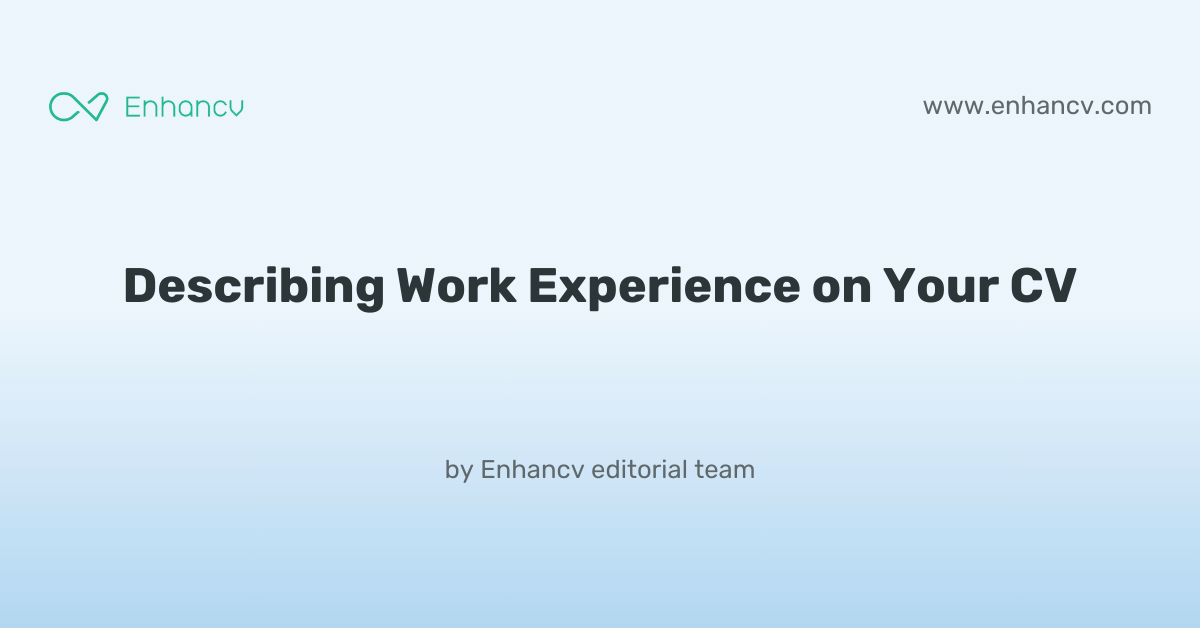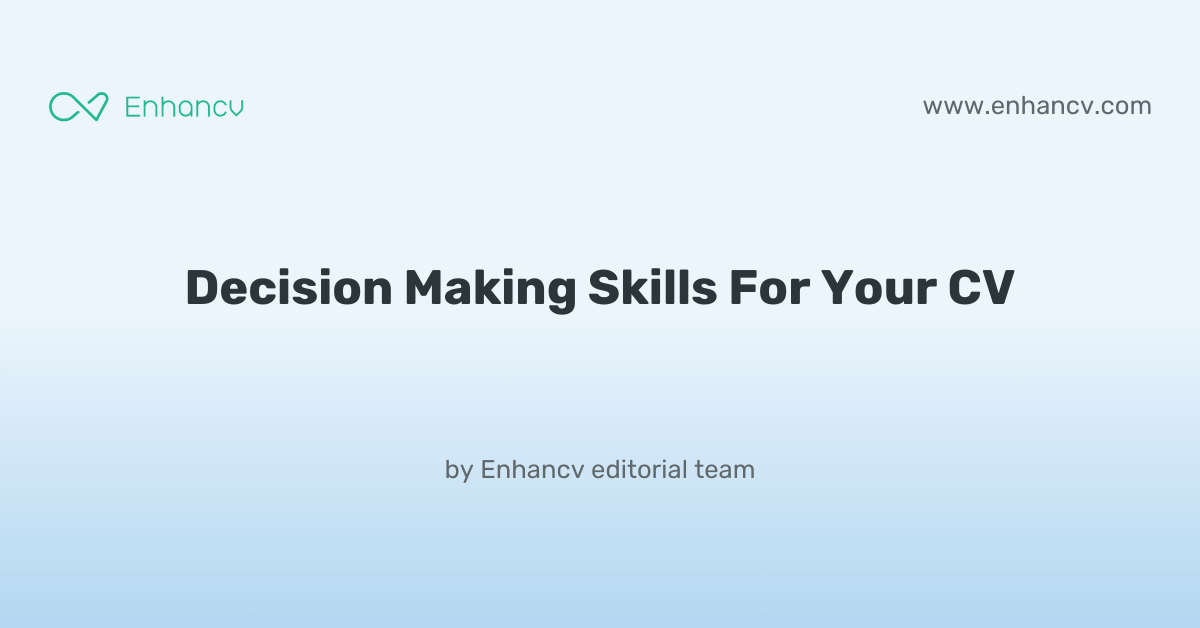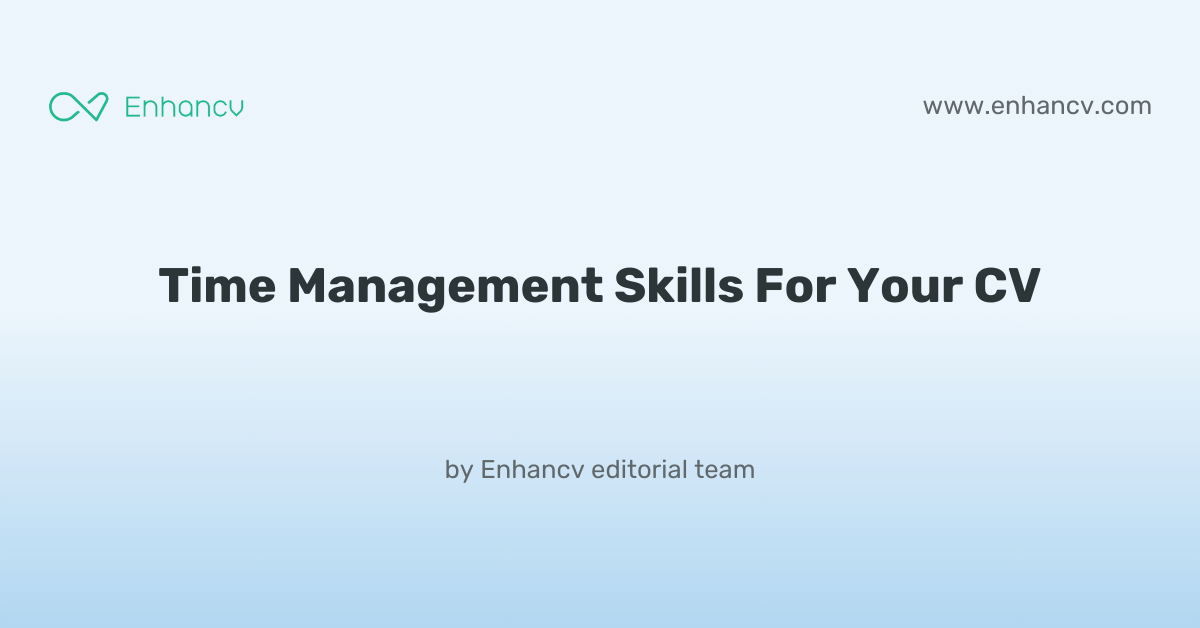At some point during your career, you might find yourself wondering how long should your CV be.
And the truth is, there is no right and wrong answer to that question.
It all depends on how much relevant information you can add in your document, which should determine its length.
However, that only raises some more questions about the content you should include in your CV.
We are here to help you, in this article, we are going to find out the answers to the following questions:
- What is a two-page CV?
- Should you use a two-page CV?
- When to use a two-page CV?
- How to write a two-page CV?
And once we are done with that, you should be good to go with either a one-page, or a two-page CV, depending on your needs.
So, if you are ready to learn when and how to craft a compelling two-page CV, stick around.
Upload & Check Your CV
Drop your CV here or choose a file. PDF & DOCX only. Max 2MB file size.
What is a two-page CV?
First things first, let’s first understand what a two-page CV is.
Just like a one-page CV, this one contains all your valuable information for the job position you are applying for, like:
- Work experience
- Education
- Skills
The difference is that candidates with many years of experience typically can’t fit all their relevant information in just one page, and so, they go for a two-page CV.
Should you use a two-page CV, and when to do so?
When it comes to your CV length, you should be careful when to go for a one-page, and when for a two-page CV.
There are certain situations in which a two-page CV is more suitable, and is even expected of you.
The most common cases when you should consider a two-page CV are:
- When you have lots of experience (more than 5 years) – when you have lots of work experience behind you, you would want to share all that is relevant, the responsibilities you have had, as well as all the skills you have developed. In that case, a two-page CV can only help you out in the hiring process.
- When you are applying for a senior-level job – similar to the case of having extensive experience behind your back, you should also opt for a two-page CV if you are applying for a senior position. Furthermore, in that case, it is expected of you to provide a longer CV, as you need to show that you have the needed experience and qualifications for the job.
- When you have multiple certification and qualification – you should also opt for a two-page CV if you have many certifications that correlate directly to the job position you are applying for, as it can only help you out in the hiring process. And the same applies for extensive education in the field of work you are applying for.
So, before you decide if you should go for a one-page, or a two-page CV, carefully weight which will benefit you more in the hiring process.
How to write a two-page CV?
Now that you know when you should choose a two-page CV over a one-pager, it is time to figure out how to craft it in the best possible way.
In order to achieve the best result, you need to ensure you have a couple of things done right in your CV.
We are going to go through them one by one.
Include your contact information in the header
Just like with a one-page CV, it is essential to let the recruiter get in touch with you easily.
And with a two-page CV, where you have a great deal of information, it is even more important to list your contact details correctly.
Placing your email address and phone number in the header of both your CV pages can help the recruiter have all your contact information easily accessible.
Don’t miss out on this point, as with a long CV, information can be easily lost.
Make sure you have good formatting
No matter how impressive information you have in your CV, it will be put in the discard pile if the formatting is not good, so make sure you spend some time working on that as well.
To get the best result, you just need to:
- Make sure all borders are consistent and an inch wide
- Use a professional font, like Times New Roman, Arial, or Calibri
- Use a font size of 11 or 12, as these are the professional industry standards in many businesses
- Maintain the same font throughout your CV
- Use bullet points when suitable to improve readability (for example, when listing skills)
If you plan on printing a physical copy of your CV, you should also consider:
- Using two pieces of paper – this way you avoid the possibility of recruiter missing out on the second page, if you have just printed it on a double-sided single piece of paper
- Use a paper clip – it is likely for the recruiter to want to scan your CV, and using a stapler will only make their job harder
- Choose proper paper – make sure you print your CV out on good paper, that can stand out from the crowd of documents
Keep the most important information on the first page
The fact that your CV is two pages long is even more of a reason for you to carefully consider the order of the section within it.
Make sure you place your most applicable skills, as well as your work experience in reverse-chronological order, in an easy-to-see part of your CV.
You would also want to separate these sections from the rest of your CV in separate boxes.
This approach helps recruiters notice the most essential part of your CV immediately, and helps your CV stand out from the crowd.
However, don’t directly start your CV with your work experience and skills. Make sure you have your header with contact information, as well as s professional summary before that, right on the top of your first page.
List the additional information on the second page
Once you have filled your first CV page with all the essentials, don’t miss out to list all your additional information on the second page.
As you already have lots of work experience, and a wide skills set, naturally your education section should fall to the second page.
Other sections you might want to list on your second CV page are:
- Certifications
- Volunteer work
- Projects
- Courses
Keep the second page to a minimum
Last, but not least, make sure you don’t clutter your second CV page with too much information.
Keep only the essential, and actually relevant information, so that the recruiter can more easily go through your CV.
Takeaways
We are all done, now you know when to use a two-page CV, and how to craft it perfectly.
Let’s go through all the important steps you need to take to craft a compelling two-page CV:
- Include your contact information in the header – make sure you do that for both pages of your CV, so that the recruiter can easily reach out to you
- Make sure you have good formatting – use professional font, and keep it in size of between 10 and 11. If you decide to print a physical copy, make sure you use good paper, and print the pages on separate pieces of paper.
- Keep the most important information on the first page – that’s where you would want to add a professional summary, as well as your relevant work experience in reverse-chronological order, and your skills set
- List the additional information on the second page – use the second page to list your education section, as it is less important when you have extensive experience. That’s also where you should list any additional relevant sections
- Keep the second page to a minimum – you would not want to clutter your CV’s second page, so make sure you only list relevant information
Now that you know all that, it is time for you to decide if a two-page CV is the right fit for you, and if it is, craft a great one.

